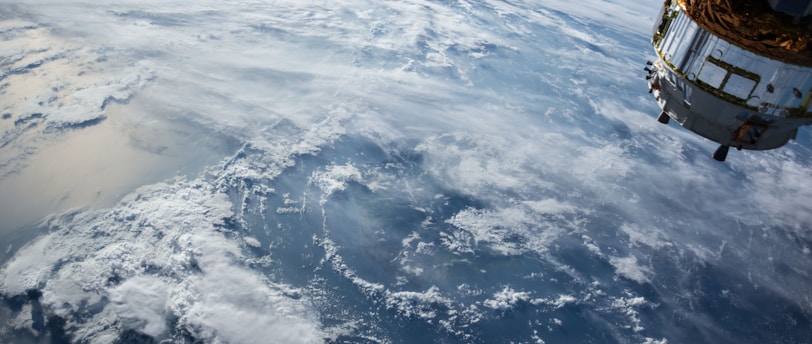New Study Shows Global Warming is Dangerously Close to Exceeding 1.5°C Threshold
A groundbreaking study published in Nature Geoscience by scientists from Lancaster University and the University of Leeds reveals alarming new insights about global warming.
NEWS
11/11/20243 min read


A groundbreaking study published in Nature Geoscience by scientists from Lancaster University and the University of Leeds reveals alarming new insights about global warming. The study, led by Dr. Andrew Jarvis and Professor Piers Forster, suggests that humans may have already caused 1.5°C of long-term global warming, pushing the world closer to climate tipping points. This is significant for the global warming danger narrative, as it underscores the urgency of taking decisive action to prevent further environmental damage.
How Close Are We to 1.5°C?
The Paris Agreement set an ambitious goal of limiting global temperature increases to well below 2°C, with a focus on striving to keep it under 1.5°C. However, according to this new research, the temperature increase may already be dangerously close to that threshold. Using a new method of calculation, Jarvis and Forster argue that by the end of 2023, the planet had already warmed by 1.49°C, compared to pre-industrial levels. Conventional methods previously estimated this warming at around 1.3°C, but the study reveals that climate change may have been underestimated.
Why the 1.5°C Threshold Matters
Crossing the 1.5°C global warming threshold would significantly escalate the danger of global warming. Even small increments of additional warming can worsen extreme weather events, such as hurricanes, floods, and droughts. The 1.5°C target was designed to limit these impacts, but as the research suggests, the world is likely to exceed this goal within the next decade.
The authors propose using an earlier baseline for measuring global temperature increases. Instead of the commonly used 1850–1900 baseline, they argue for a pre-1700 baseline, which captures emissions from the early stages of the Industrial Revolution. This adjustment highlights that much of the current warming began earlier than previously calculated, suggesting that climate change is advancing more rapidly than we thought.
The Linear Relationship Between CO2 and Global Temperature
One of the key insights from this study is the linear relationship between atmospheric CO2 levels and temperature. The researchers found that CO2 concentration and temperature increases align in a nearly straight line, making it easier to predict how future carbon emissions will continue to impact global warming. This simplified model can provide faster, more accurate assessments of global temperature trends, offering policymakers a clearer understanding of the climate crisis.
What Does This Mean for the Future?
While global warming has likely already exceeded 1.5°C, the study emphasizes that urgent action can still mitigate the worst outcomes. As noted by Professor Forster, crossing the 1.5°C threshold does not spell immediate disaster, but it does increase the urgency for countries to intensify efforts to reduce carbon emissions and transition to cleaner energy.
Additionally, the research highlights that other factors, such as methane emissions and potential climate tipping points, could accelerate warming beyond what CO2 alone would predict. Methane, a more potent greenhouse gas, may play an increasingly significant role in driving future temperature rises, further compounding the dangers of global warming.
Conclusion: Immediate Action Needed to Combat Global Warming
This new study sheds light on the precarious position the world faces regarding climate change. With global warming already nearing 1.5°C, there is little room left for delay. Policymakers, businesses, and individuals must take urgent steps to curtail emissions and adopt sustainable practices to avoid crossing this critical threshold.
The consequences of inaction are severe — with the potential for more frequent and extreme weather events, rising sea levels, and widespread ecological disruption. As the global community prepares for future climate change discussions, such as the upcoming COP29 summit in Baku, this study serves as a stark reminder of the dangers of global warming and the need for concerted global efforts to prevent further warming.
Insights
Stay updated with the latest trends and news.
Connect
SUBSCRIBE TO OUR NEWSLETTER
© 2024. All rights reserved.
